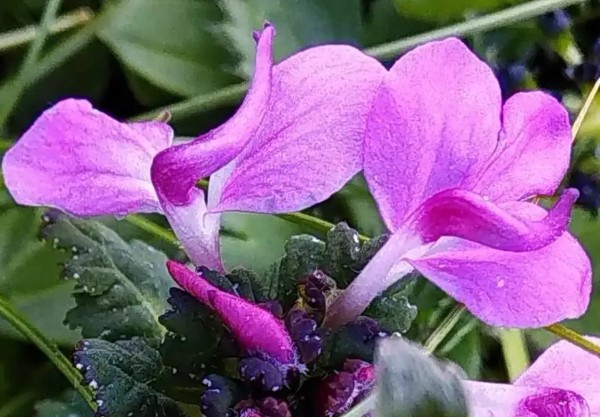Pedicularis rajeshiana

- 30 May 2025
In News:
Researchers from the Botanical Survey of India (BSI), under the Ministry of Environment, Forest and Climate Change (MoEF&CC), have discovered a new plant species — Pedicularis rajeshiana — in the high-altitude regions of Rohtang Pass, Himachal Pradesh.
Key Facts:
Taxonomy and Classification
- Scientific Name: Pedicularis rajeshiana
- Family: Orobanchaceae
- Common Group: Louseworts (Hemiparasitic plants – partially dependent on host plants for nutrients, but also photosynthetic)
- Named by: Botanist Dr. Arti Garg, formerly of BSI Prayagraj, now with BSI Dehradun
- Publication: Officially recorded in the international journal Phytotaxa (Mongolia)
Habitat and Discovery
- Location: Rohtang Pass, Pir Panjal range, Western Himalayas
- Altitude: ~4,390 metres (14,400 feet)
- Habitat: Shaded rocky slopes in scattered patches
- Discovery Project: "Flora of India" initiative by MoEF&CC and BSI
Unique Botanical Characteristics
- Size: Smaller than related species like P. porrecta and P. heydei
- Floral Features:
- Deeply cut lower labium (lip)
- Stamens positioned at three distinct levels inside the flower
- Rare pollen morphology with croton-like surface texture
- Two flowers observed with twin galea (hood-like structures) — a first in the genus, possibly an evolutionary trait to enhance pollination
Ecological Significance
- Endemicity: Many Pedicularis species are habitat-specific and endemic to certain Himalayan regions
- India's Diversity: Home to 83 known species of Pedicularis, with 36 in the western Himalayas
- Conservation Value: The specificity of habitat and rarity suggest potential threat status; conservation is crucial.
